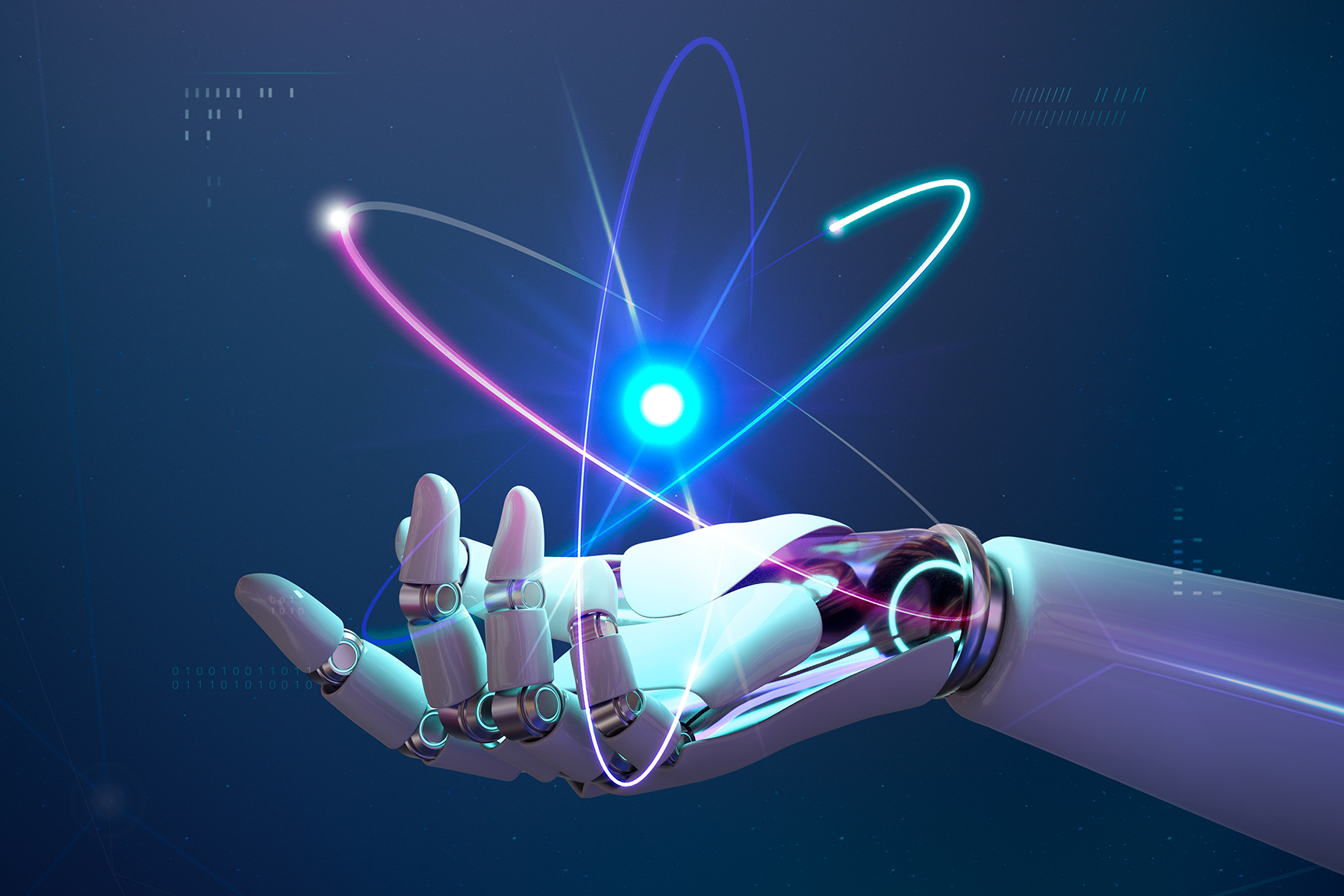Imagine a car manufacturing floor. In these factories, people often work alongside robots. While workers install windshields, a robot arm at the next station might tighten a bolt that attaches the car door to the body of the car. The robot arm is incredibly fast and efficient at its job, but it’s also a fairly inflexible worker. If someone calls in sick, the foreman might be able to move some of the people who work on windshields to a new position with relatively little training. But that robot arm can’t be moved – in order to train it to do something new, a whole new set of programming and parameters needs to be developed and installed for that robot to take on a new task.
Artificial Intelligence (AI) operates similarly to these factory robots. AI’s are incredibly good at what they’re currently programmed to do. Hundreds, sometimes thousands of people, made sure they’ve tweaked the AI for maximal performance on a specific task. But humans have something AIs don’t – the ability to learn new things on the fly. Currently, humans are still needed to help AIs learn new things – AI can’t do it alone. If an AI is programmed to simulate a tornado, you can’t ask it to simulate a tsunami. It won’t know how to begin. It won’t even understand the question. Because there’s so much investment in time and expertise to create these AIs, researchers at Carnegie Mellon University’s Robotics Institute have been using ACCESS resource Bridges-2 to work on ways to make AI more adaptable – in other words, capable of learning new tricks all on their own. While we’re still a long way from an AI trained to drive a car being able to learn to cook, this type of research will help when an AI encounters something unexpected. While a human might be able to deal with unexpected problems, like a sudden blizzard when driving, AI has trouble with variables that it hasn’t been programmed to understand. Getting AI to be able to deal with the unexpected is a step closer to making AI more flexible.
The researchers at Carnegie Mellon are working towards making AI more adaptable for a number of applications. The team has already written papers about this work regarding air transportation. Using their new methods, AI will better handle encounters it wasn’t programmed to understand when aiding pilots in flight. The team’s next approach will be to tackle training AI that can work without human labeling and annotation.
You can read more about this story here: CMU Robotics Institute AIs Learn New Tasks with Unprecedented Flexibility
Project Details
Institution: PSC (Pittsburgh Supercomputing Center)
Affiliates: Carnegie Mellon Robotics Institute
Funding Agency: NSF
The science story featured here was enabled by the ACCESS program, which is supported by National Science Foundation grants #2138259, #2138286, #2138307, #2137603, and #2138296.


